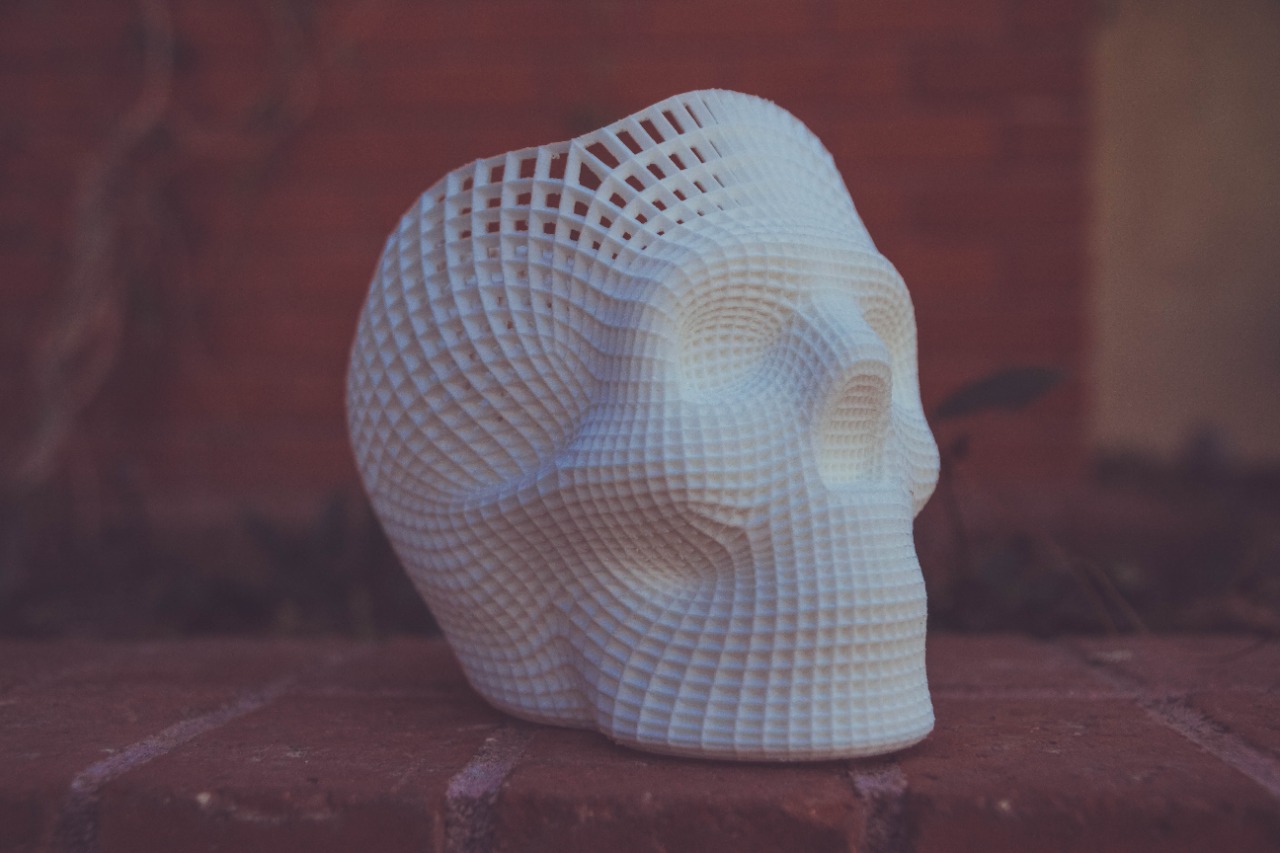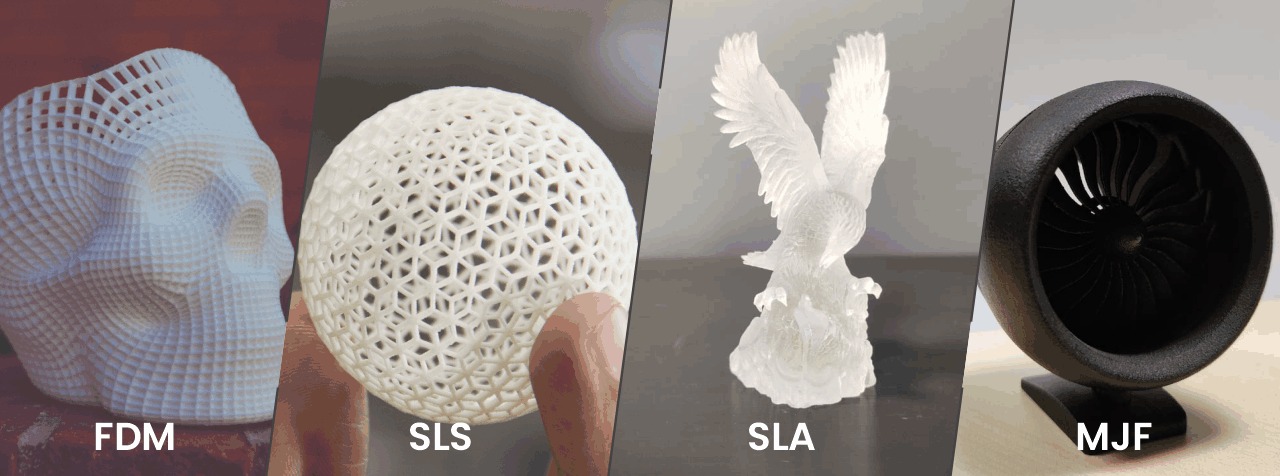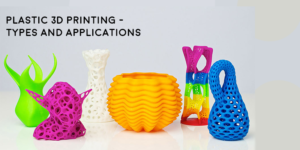Plastic 3D Printing

3D Incredible also provides a comprehensive solution for Plastic 3D Printing. One of the most conventional technologies ever made using Fused Deposition Modeling (FDM) wherein, layer upon layer of plastic is deposited until the final product is in place. It can be branched into 4 distinct types of technologies; SLS 3D Printing Technology, FDM 3D Printing Technology, SLA 3D printing technology, and MJF 3D printing. The applications of Plastic 3D printing entail various activities that level-up the manufacturing and production processes. It is used for Prototyping as it accelerates the digital design creating appearance models & effectively builds functional prototypes. It proliferates Production as manufacturing plastic parts using exceptional additive manufacturing technology is now a reality with productivity, durability, repeatability, and lower cost of operations. Most prominently it aids in Investment Casting as 3D plastic printing expedites the delivery of high-quality metal products and casting patterns with 3D printed wax and SLA casting patterns. It can also be used to produce accurate Jigs and Fixtures using 3D printing technology that advances your manufacturing process in a speedy & cost-effective way.

SLS 3D printing

SLS is the most common additive manufacturing technology for industrial applications. SLS 3D printers use a high-powered laser to fuse small particles of polymer powder The maximum building volume of SLS is 340 mm x 340 mm x 600 mm with a wall thickness of 0.8mm and a wall-size of 0.8-1.0mm. The material used in SLS is Nylon/PA which makes it Strong and flexible.


FDM 3D printing

Fused Deposition Modeling (FDM) is the most widely used form of 3D printing at the consumer level, fueled by the emergence of hobbyist 3D printers. The maximum build volume of FDM is 580x580x580 mm. It has a wall thickness of 1mm with a hole Size 2mm. The material used in it is ABS & PLA yet it is strong and flexible.
SLA 3D printing

The world's first 3D technology, SLA is still one of the most popular 3D technology. SLA has a maximum build volume of 650x650x450mm. The wall thickness is between 0.6 to 0.8mm and Hole size is between 0.8 to 1.0mm. It's the surface finish is better than the rest of the processes as the material used in it is Clear (Rigid), Castable (Blue) (Rigid) and Flexible (Black).


MJF 3D printing

Multi Jet Fusion (MJF) uses a fine-grained PA 12 material. Its maximum build volume is 256x340x360mm with a hole size of 0.8mm and wall-size 0.5 mm. The material used in it is PA12 which makes it strong and flexible.
Why 3D Incredible

Incredible AM originated from Industrial Metal Powders (IMP) who has over 44 years of trusted experience in manufacturing the unsurpassable quality product. Incredible AM has been driven by the needs of the customers and their unique business challenges in Healthcare as well as Engineering Industries.
Incredible AM works in hand with a large group of skilled and experienced Leaders, Engineers and Doctors who turn the vision into reality. Our state of art plant provides all the facilities that are needed to provide the best possible solutions to Industries at lowest price, highest quality and fastest lead time.
Achievable Feature Size:

| Feature | SLS | FDM | SLA | MJF |
|---|---|---|---|---|
| Maximum Build Volume | 340 mm x 340 mm x 600 mm | 1000x1000x1000 mm | 650x650x450mm | 256x340x360mm |
| Minimum Wall thickness | 0.8mm | 1mm | 0.6-0.8mm | 0.5mm |
| Minimum Holes | 0.8-1.0mm | 2mm | 0.8-1.0mm | 0.8mm |
| Surface Finish | NA | Rough | Better than Rest of the processes | Better than FDM and SLS |
| Accuracy | 0.2 | 0.5 | 0.1 | 0.1 |
| Material | Nylon/PA | ABS , PLA | Available according to application | PA12 |
| Mechanically | Strong and flexible | Strong and flexible | Strong and brittle, new flexible compounds available | Strong and flexible |
Applications

| Sr. No. | Application |
|---|---|
| SLS |
|
| FDM |
|
| SLA |
|
| MJF |
|
Pros & Cons

| Sr. No. | Pros & Cons |
|---|---|
| SLS |
Pros
Cons
|
| FDM |
Pros
Cons
|
| SLA |
Pros
Cons
|
| MJF |
Pros
Cons
|
Applications of 3D printing

- Prototyping
Solutions that streamline workflow to accelerate digital design, create appearance models and build functional prototypes.
- Production
Additive manufacturing of plastic parts in large quantities is now a reality, with productivity, durability, repeatability, and lower total cost of operations.
- Investment Casting
Accelerate the delivery of high-quality metal products and casting patterns with 3D printed wax and SLA casting patterns.
- Jigs and Fixtures
Produce accurate jigs and fixtures with 3D printing to provide a fast and cost-effective way to advance your manufacturing process.



